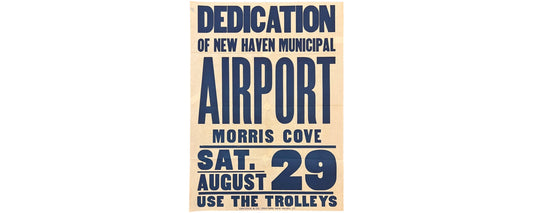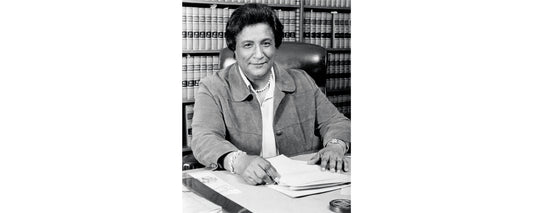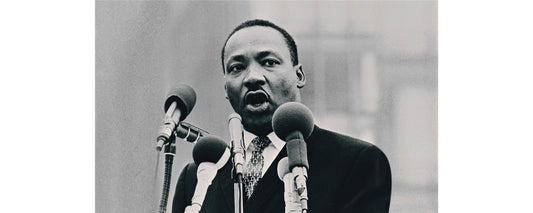When we last left New Havener Benedict Arnold, it was August 1775. Following clues contained within newspapers of the day, we got to know the unfamous, not the infamous, Arnold—the merchant, the husband and the exceptionally committed and competent revolutionary, willing to risk life and limb without hesitation for the cause of America.
Over the next few years, his importance as a public figure would grow enormously, and so would the anxiety a keen observer might feel about the true nature of Benedict Arnold. Was he in it for the republic or himself? Was he a man of integrity or expediency? Was he a patriot or a profiteer?
Just a few months into the Revolutionary War, even as Arnold the military commander secured major victories against the British, doubts were already backing their way into the papers. The Connecticut Journal, and New Haven Post-Boy, in a note reprinted from the New York Journal hailing Arnold’s victories and virtues, felt it necessary to admonish the man’s “enemies, who have… artfully endeavoured to misrepresent his conduct, and give a blameable aspect to [his] actions.”
sponsored by
According to various accounts, the man’s “enemies” tended to be his fellow officers in the Continental Army, driven to suspicion of Arnold’s character and motives by his headstrong nature, impolitic communication style and tendency to behave in ways easily interpreted as self-serving. After all, if at first he didn’t get his way, he’d find a way to get it anyway; and if he disagreed with someone, he usually wouldn’t mince his own words, or heed theirs.
Fortunately for Arnold, he had already earned the trust of the most important officer of all: George Washington, the commander-in-chief of the rest. In the fall of 1775, Washington gave Colonel Arnold command of about a thousand soldiers in order to mount an exceptionally perilous winter sneak attack on Quebec City, the most important British stronghold in Canada. The sneakiness was an intended consequence of the peril. Arnold and his men would be trekking through hundreds of miles of far-northern wilderness in increasingly bitter weather—a gauntlet that, as James Thomas Flexner noted in his 1943 book The Traitor and the Spy, Americans and British alike “considered impassable.” Pulling about 675 men through to the other side, with roughly a third of the original battalion lost either to death or desertion along the grueling trip, Arnold himself never wavered until he was forced off his feet during the attack, when a bullet tore through his leg.
As he was carried to a Catholic hospital outpost nearby, his disarrayed and far outnumbered forces were easily overwhelmed by the British defenders. With many captured or killed, the remainder of the rebel force, having pulled back and camped outside the city walls, were deprived of fresh provisions when the British cut off their supply lines. And of course, as 1775 turned to 1776—and as Arnold was promoted to the rank of brigadier general—sickness and harsh cold plagued the men, now forced to go to bed hungry in makeshift ice shelters, under constant threat of attack by a much stronger military force that could simply march out and annihilate them if it wanted to.
Somehow, despite it all, Arnold persuaded the vast majority of the roughly 500 remaining men to stay, mounting a symbolic standoff with the city that saved face for the Continental Army and for Arnold himself. According to The Traitor and the Spy, Washington considered this persuasion “a truly amazing achievement” in command terms—one that, as the book puts it, “rivals Washington’s own achievement at Valley Forge.” Others, however, saw Arnold’s willingness to charge his men into an unwinnable battle—and to manipulate them into enduring extreme suffering for months on end—as a clear sign that Arnold valued his own pride and ambition more greatly than the interests of both the war effort as a whole and the individuals fighting it.
Months later, these suspicions would materialize surrounding a different matter altogether. During the rebels’ ultimate retreat from Quebec, Arnold had seized goods from local merchants for the benefit of the army, but the goods mysteriously disappeared en route. Moses Hazen, a colonel who already disliked Arnold, leveled the accusation that Arnold had flipped the goods for his own profit. Arnold, the ranking officer, went on offense, ordering a court martial of Hazen; but by the end of the proceedings, it was Arnold who was ordered arrested. That arrest was then prevented by General Horatio Gates, who felt Arnold was needed as a commander, regardless of whatever misdeeds may have provoked the ruling against him.
That was the summer of 1776, at Fort Saratoga. A couple years later—after Arnold had been passed over for promotion, later submitting his resignation in response; after Washington had refused Arnold’s resignation; and after Arnold played a key role in the pivotal Battle of Saratoga in 1777, during which he would once again be shot in the leg—Hazen’s accusations would be mirrored, and magnified, in the colonial capital of Philadelphia, where Arnold had been appointed military commander.
There, General Arnold would also meet his second wife, Margaret “Peggy” Shippen. The well-to-do Tory would connect him to other influential Tories, softening the man’s stance towards the British; solidifying the resentments he held against the revolutionaries; and setting the stage for Benedict Arnold’s tragic third act.
But that’s a story for another day.
Written by Dan Mims. Image features a mirrored version of “Benedict Arnold,” an 1879 engraving by Henry Bryan Hall. This updated story was originally published on May 14, 2014.








